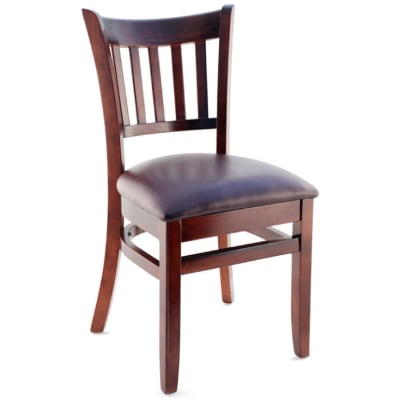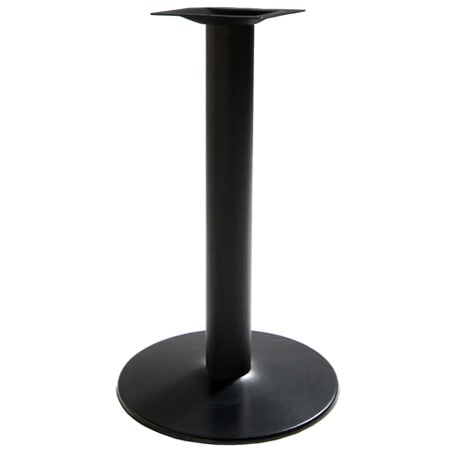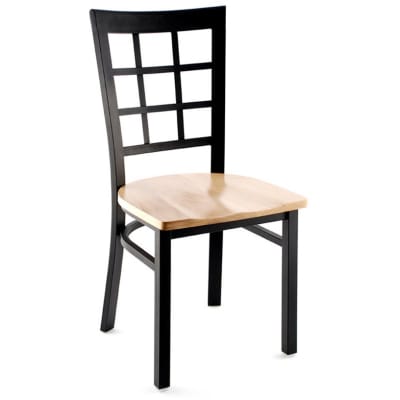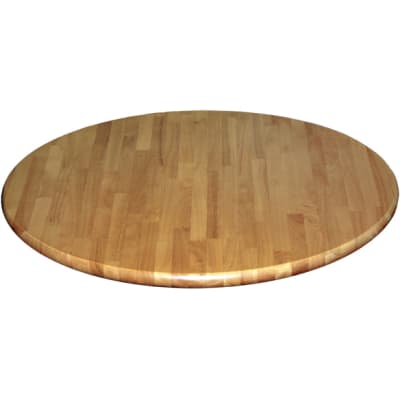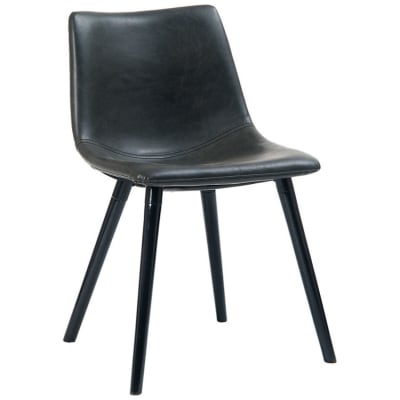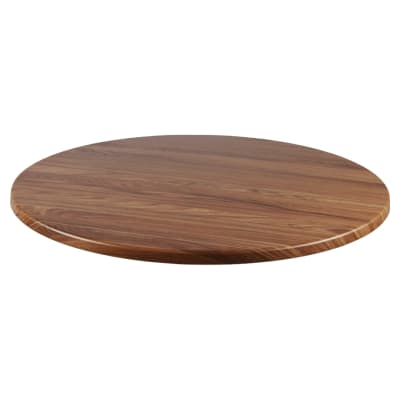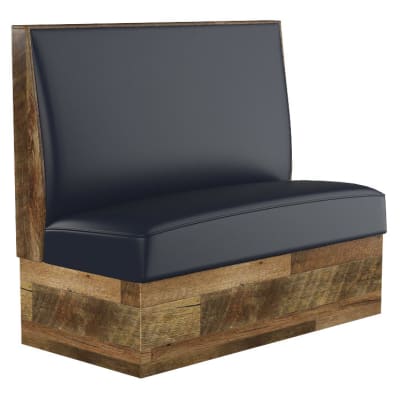With over forty thousand restaurants serving Chinese food in the US, Chinese cuisine has become part of the American food culture. Statistics show that running a Chinese restaurant is a lucrative business for new entrants. It doesn’t matter how many restaurants a city has, there are never enough places that offer a genuine taste of Chinese cuisine. You may not feel like a unique entity as a business owner but rest assured that you can make your Chinese restaurant stand out.
Chinese Restaurants Design Guide

What Defines a Chinese Restaurant?
San Francisco and New York in particular are home to Chinese restaurants that serve Chinese-American-style food to help integrate the American palate with Chinese culture. There is nothing more comforting than beef lo mein or sweet & sour chicken served over a bed of rice. You can barely make it past the door with the aroma of fried garlic and ginger wafting through the premise. Although the Chinese food service is seemingly a booming business, there is concern about the authentic form of food eaten in China being overshadowed by fast-food services. It started in the 20th century when groceries and eateries made a switch from offering authentic Chinese food to Chinese-American food. This food style imitated cuisines from the Southwestern region of China. If you want to offer an authentic and transformable dining atmosphere that goes beyond cheap and tasty Chinese takeout meals, the interior restaurant design and decorations should be reflective of the food being served. To establish a brand and voice for your restaurant, you first need to decide from the beginning what kind of Chinese restaurant you want your establishment to be and which decoration elements to express your style with.
Characteristics of a Chinese Restaurant Design
There are various interior decorating trends and style stewards. A Chinese restaurant interior design is one of the most unassuming of them all. It’s not talked about as much as Mid-century, Scandinavian, Baroque, rustic, or industrial. However, its never-fading appearance, constant momentum, and perfect poised pedigree have gained Chinese design a reputation for being one of the most memorable and powerful design dynasties known. While it’s nearly impossible to pinpoint style details of a nation with a rich and long history as that of China, numerous visions come to mind when picturing an interior design at a Chinese restaurant.
When people try to visualize what a Chinese interior design looks like, they typically think of sleek surfaces of dark lacquered woods, dimly lit decorative lanterns, bold red and black restaurant furniture, color palettes that blend warm neutral shades with punchy, saturated tones of red, black and gold, and fine decoration and craft. The principal factor of a harmonious dining environment, as well as great management of space and color, is key to what defines a successful space. Blending contemporary influences from across the planet with fine accessories is what makes a Chinese restaurant interior design very special.
Family Style Chinese Restaurant Design
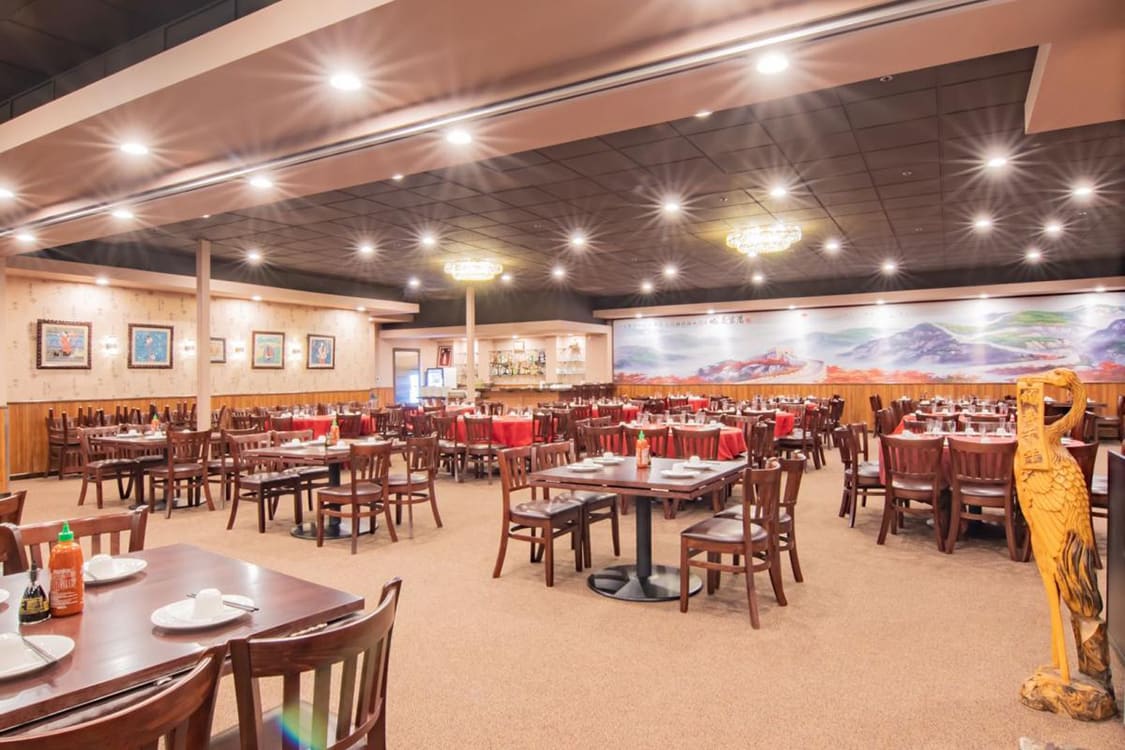
Besides the visual effects, bright lighting at a family-style Chinese restaurant indicates a frequently visited spot with high turnover. It boasts of a huge dining room with enough seating to accommodate large groups. The interior design reflects conventional Chinese motifs such as large murals of the Great Wall of China along with displays of traditional Chinese paintings such as emperors, warriors, and other scenes from China’s imperial history. The mural and other paintings feature traditional characters. A large golden crane standing by the entryway symbolizes the longevity and wisdom in Chinese culture.
The flooring is covered in earth-toned tiling or carpeting reminiscent of rural landscapes, adding to the pastoral theme. The walls feature wood paneling that resembles bamboo shoots found in many villages in the Chinese countryside.
Solid wood table tops and matching vertical slat restaurant chairs in dark mahogany help create the authentic and traditional look of a family-style Chinese restaurant. A family-style restaurant naturally emphasizes the importance of having a high seating capacity with rectangular-shaped tabletops to seat large gatherings. Aside from that, leaf-drop tables add versatility to the restaurant allowing for last-minute seating rearrangements.
Shop the Look
Urban / Contemporary Style Chinese Restaurant Design
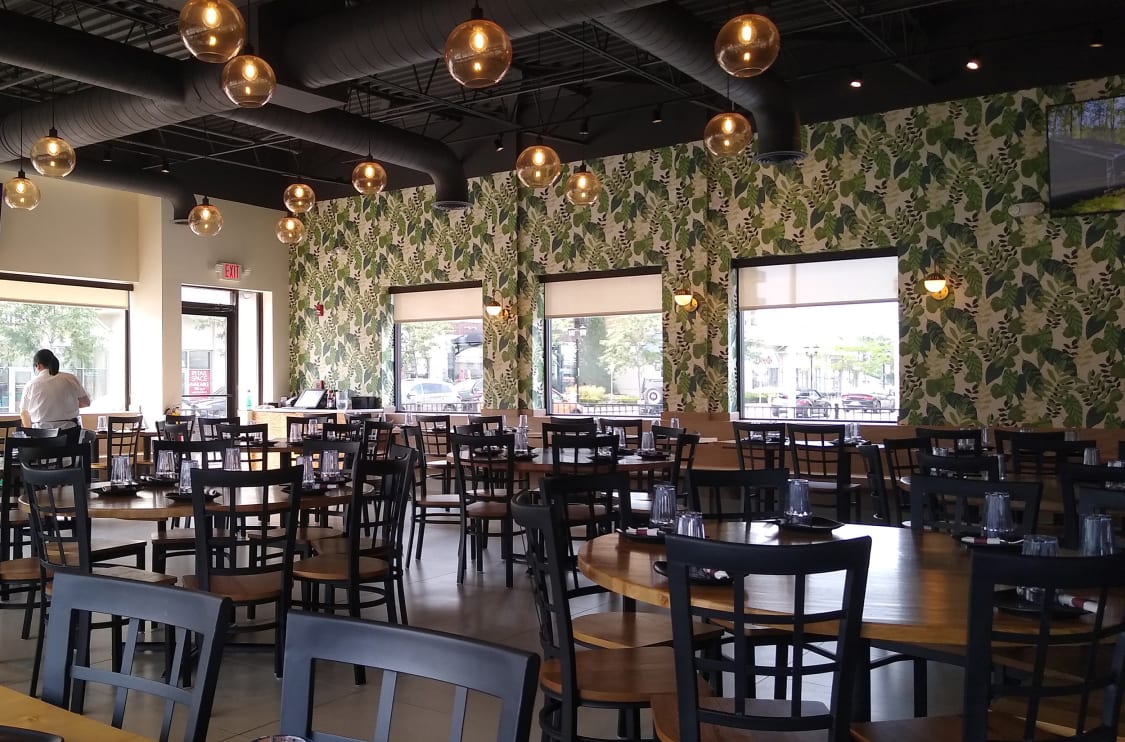
Dim lighting, piping running through the ceiling, and dark tones hint at an urban Chinese restaurant interior with industrial elements. The space is adorned with cream walls, pops of teal, and gray tile floors. This restaurant interior design settles on a scheme based in Shanghai in the 1920s where the art movement merges with traditional Chinese motifs to create a hybrid style. Dark gray shades and green are found throughout this type of restaurant as a nod to this era.
Round wood tables are scattered across the dining room paired with metal window back chairs. Decorative furniture with elements of carving, encrusting, and varnishing, mainly in black and red shades, is actively used in an urban Chinese restaurant setting. Bulky furniture with sharp corners is not used in a Chinese restaurant as they try to avoid sharp corners and rectangular shapes.
Globe lamps suspended from the ceiling surround this area. Plastered covered portions of the walls are covered with tropical leaf patterns. Special attention is given to the decoration of the windows and doors. Mirrors are another worthy addition to a Chinese restaurant. The traditional element of a Chinese restaurant, regardless of the style, is personified in the prototype of Heaven. It is unified with the garden zone, thereby connecting the inner and outer world.
Shop the Look
High-End Chinese Restaurant Design
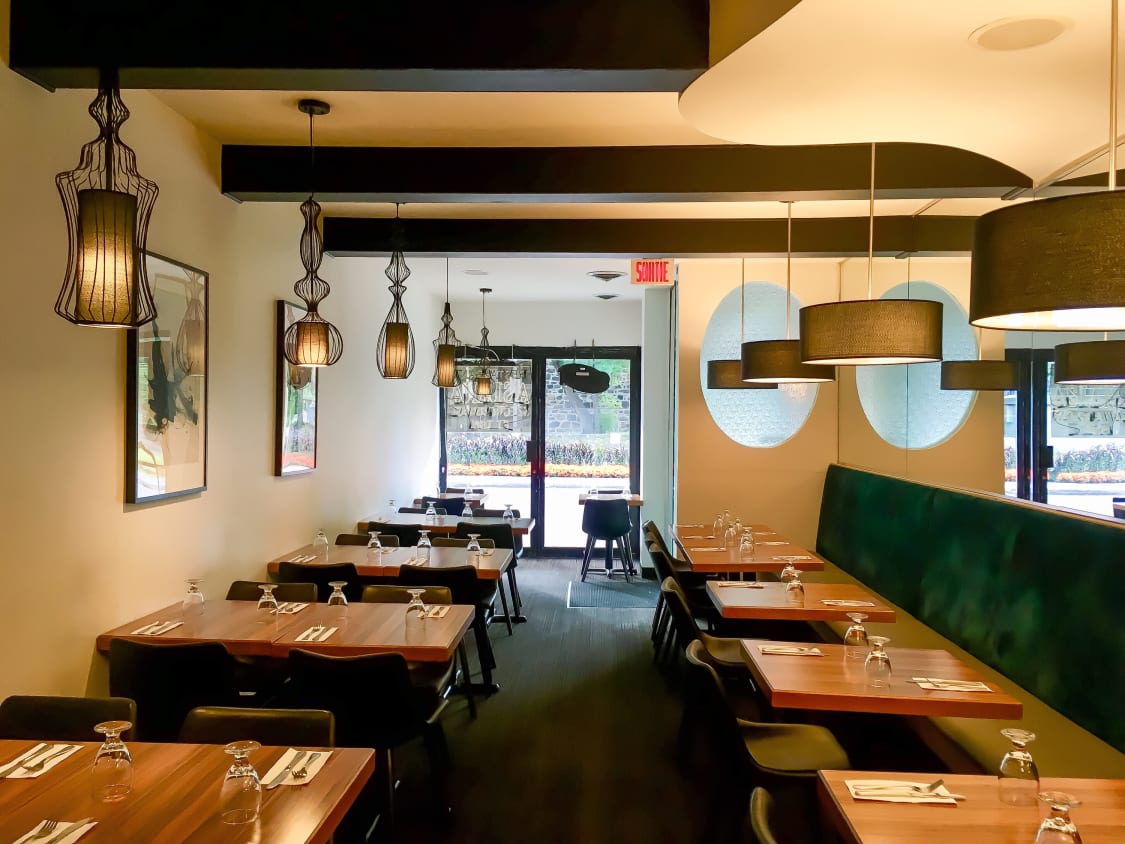
Like most fine dining establishments, upscale Chinese restaurants aim to provide a VIP experience. To do that, the entrance is separated from the dining room and the private space is surrounded by the public exterior. Many high-end Chinese restaurants include a lounge area. This is achieved through combining elements with various shapes and colors, amplifying prospective views, and by the use of different reflections and transparencies. This is the formula of success that drives visitors to make the first step towards the decision of entering the restaurant.
Meticulously detailed, the sumptuous interior of a high-end Chinese restaurant design, as shown, can evoke the unrestrained glamour of the art deco era. Hand painted and embroidered wallpapers and exquisitely padded seating perfectly match with the antique lighting. Objets d'art and etched oval shaped windows by the entryway create an elegant stylish dining space.
Richness in color is another tenant of a traditional Chinese restaurant design. When beige walls, mahogany or ebony wood restaurant furniture, gilt decorative accents, and brass metallic elements unite, the sound of a rousing symphony in oriental design is played throughout the space.
The bold lines and sharp silhouettes of the restaurant furniture embrace and champion the decorative form of an upscale Chinese restaurant interior. Paper lampshades, dim ambient lighting, padded wooden chairs, reversible table tops help develop a Chinese-inspired scheme at a fine dining restaurant.
































































